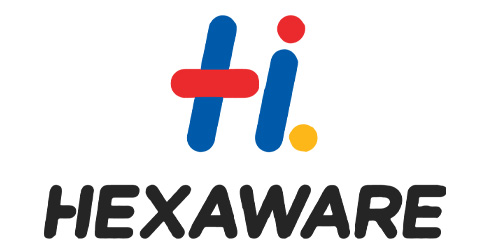
Hexaware took the role of managing ongoing development of Spark Network's online dating platforms in 2024. During this time I continued to work on Spark's Zoosk platform. I became the Team Lead for the product engineering and product support backend teams responsible for the whole Zoosk backend.


Spark Networks are an online dating business that own several well known online dating platforms including Christian Mingles, JDate, SilverSingles, EliteSingles, eDarling and Zoosk - the platform that I worked on. Zoosk was purchased by Spark around 2019. I started on the payment services team, dealing with payments using Google Play, Apple, PayPal and Adyen for credit cards. I eventually switching to a Team Lead position.

allmyhomes provided marketing solutions for new-build real estate. It integrated marketing and sales activities on a software platform that gave the developer all the information and control over the project in order to make its sales. I worked on their event stream based REST API that was implemented with domain driven design.

Sociomantic Labs was a German company, that specialized in the Real-time Bidding area for e-commerce. The company helped online stores to generate additional sales using an intellectual and scalable management system for media advertising. During my time with Sociomantic Labs I helped maintain and improve the API layer of their real-time bidding systems. Sociomantic was purchased and integrated into the British corporation Dunnhumby under the name Dunnhumby Germany.

The following projects were during my time at RedBedlam 2004 - 2014
Roma Victor
In 2004, the year after leaving University I joined RedBedlam Ltd, a fledgling start up company. The company had an international team of people working from the United States, Spain, France, whilst the majority were based in Brighton within the United Kingdom.
Roma Victor was a particularly ambitious project. The game was a Roman Empire M.M.O.G. / Virtual World set in 180 A.D. within a 30km x 30km area along Hadrian's Wall in Northern England.
After a few months of building a Content Management System for the game's art assets and object hierarchy, I took a basic prototype of the server code and ported it from Visual Basic 6 to PHP. Over the period of development I dramatically improved upon the original design and implementation, adding new features, bug fixing and improving the base network code. The configuration consisted of three different kinds of software server: The main authentication and world manager server, the zone server instances, and a tray server for starting individual zone server instances.
dPals
Proving the versatility of the server code base that had been built whilst Roma Victor had been developed, it was simple to reduce the complexity for the back-end of dPals. dPals was a web based children's virtual world, made by RedBedlam on behalf of History and Heraldry, a market leader in impulse-buy gifts and merchandise.
The first iteration of dPals used a Flash based front-end that connected to a branched version of the Roma Victor Zone Bubble code. The Roma Victor game code that sat on top of the underlying Zone Bubble base was stripped out and replaced a simpler and child friendly dPals game code. It was straight forward to alter the co-ordinate system from 3D to 2D to match dPals' 2D Parallax scrolling world.
I was able to delegate responsibility for the Content Management System to a new programmer who was able to improve it under my direction.
Later in the project's life the front end was rebuild in HTML5 and I was able to delegate the server code development to another new programmer who was brought in to support my role.
The Missing Ink
Learning from the experience of Roma Victor's development, The Missing Ink followed not long after. The Missing Ink had a deliberately simple but polished 2D character artwork style set within a 3D world so that the content could be rapidly produced.
The Missing Ink was a "back to basics" M.M.O. game, that had classic M.M.O. style combat and leveling unlike Roma Victor's twitch base combat and skill based system. It was intended to appeal to a wider market.
I had completely rewritten the server code ground up for this project. Substantial changes were required to allow for the fact that there would be a higher concentration of players within the same bubble zone area. As a result, the contiguous topography that was used in Roma Victor was replaced with a shard based system.
It was during the development of The Missing Ink that I shifted the code base away from PHP to Mono C#, matching the client side code development that was using Mono C# that was within the Unity 3D engine.